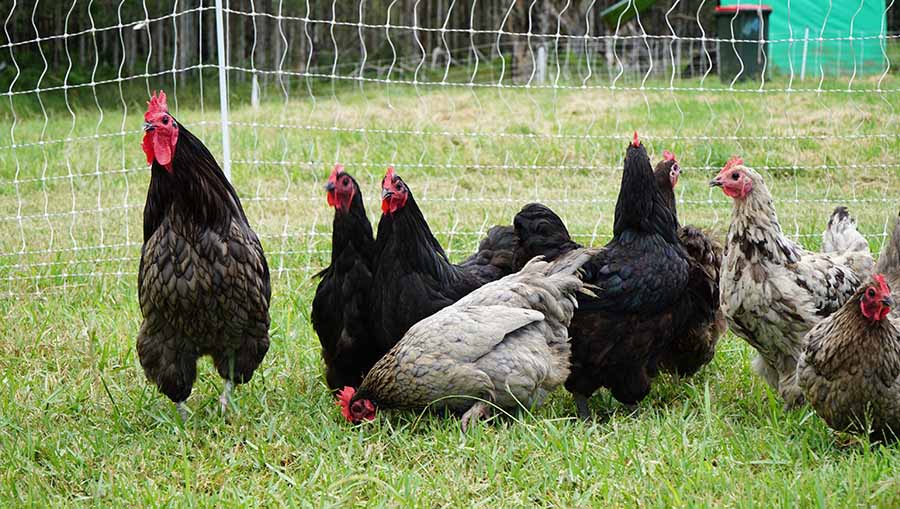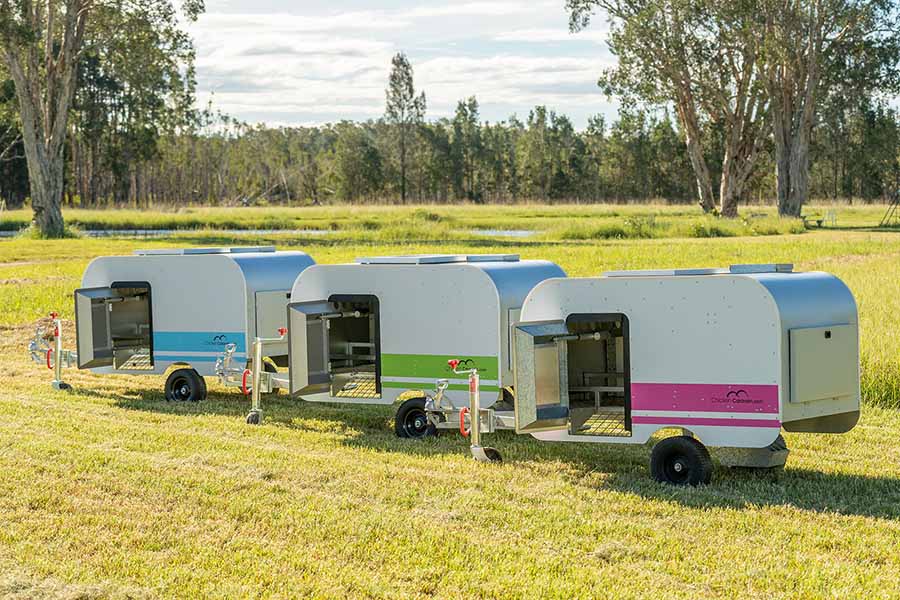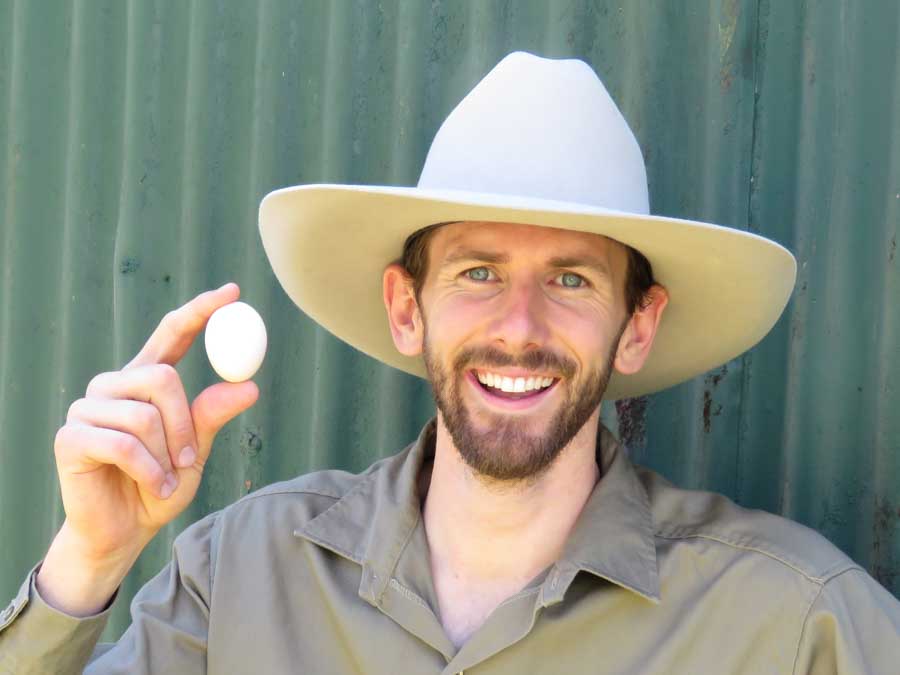Thanks to their Chicken Caravans and innovative poultry management system, the brothers were producing some of Australia's most delicious eggs. They'd also developed a product and system that other pastured egg farmers wanted and thus created a profitable side business; a business that was set to explode.
Today there are Chicken Caravans in use across all States and Territories of Australia, as well as in America, Europe, Canada and Asia.
In 2011 the brothers launched the Chicken Caravan 450 at the Farming Small Areas Expo in Richmond, Western Sydney. They consequently sold their first caravan to Farmer Brown's Free Range Eggs in Dunedoo, NSW. The following year they sold six Chicken Caravans and won the 2012 Australian Farm Innovation of the Year.
Since then, the pair have developed the Chicken 600, capable of housing 600-layer hens, as well as an array of smaller mobile coops and other chicken farming accessories. Today there are Chicken Caravans in use across all States and Territories of Australia, as well as in America, Europe, Canada and Asia.
Profitability
Many of Daniel's clients have purchased chicken caravans and introduced layer hens to add profitability to their grazing operations. The demand for pastured eggs is ever-increasing, and farmers can assign a commensurate price point to their product. According to Daniel, introducing 450 pasture-raised hens with the Chicken Caravan 450 roughly equates to a $20000 annual net profit.
Land management
Added profitability is not the only enticement for graziers to introduce pastured chickens to their operations. Integrating pastured chickens into a rotational grazing model often increases fertility and plays an important role in land management. Many of Daniel's grazing clients who run cattle or sheep on a rotational model, now have chicken flocks following their herds after each rotation.
Integrating pastured chickens into a rotational grazing model often increases fertility and plays an important role in land management.
After livestock are moved to a fresh paddock, the pasture is an ideal length for foraging chickens, which provides a number of benefits to the soil. Chickens increase soil fertility by scratching around and distributing livestock manure. Their own droppings are rich in nitrogen and phosphorous, which boosts soil biology. Foraging and scratching also aerates the soil, allowing for increased water infiltration and microbial activity. These improvements in soil fertility can boost pasture growth, allowing for higher stocking rates and/or reduced feed costs.
Additionally, pastured hens can play a role in weed and pest management. 'We have a client who introduced pastured hens to their apple orchard as a value-add and to control the numbers of apple grubs without spraying,' says Daniel. 'Incorporating the chooks helped them drop their apple grub count from 90 to less than 20.'
Animal health
 The use of vaccinations, antibiotics, and other medications is rare in pastured poultry production.
The use of vaccinations, antibiotics, and other medications is rare in pastured poultry production.
Finally, hens that are being moved to fresh pasture regularly are typically very healthy and resilient to disease and parasites. The use of vaccinations, antibiotics, and other medications is rare in pastured poultry production. 'I haven't wormed my chickens in over ten years because I haven't needed to,' says Daniel.
Ultimately, in his mission to produce the most delicious egg in Australia, Daniel and his brother have created a product that helps farmers produce great-tasting eggs in a profitable and regenerative way.
As well as offering mobile coops and pastured livestock products on the Chicken Caravan website, Daniel now undertakes consulting and advisory work. He has a particular interest in helping established farmers and newbies implement efficient pastured poultry systems and create profitable businesses of their own.




